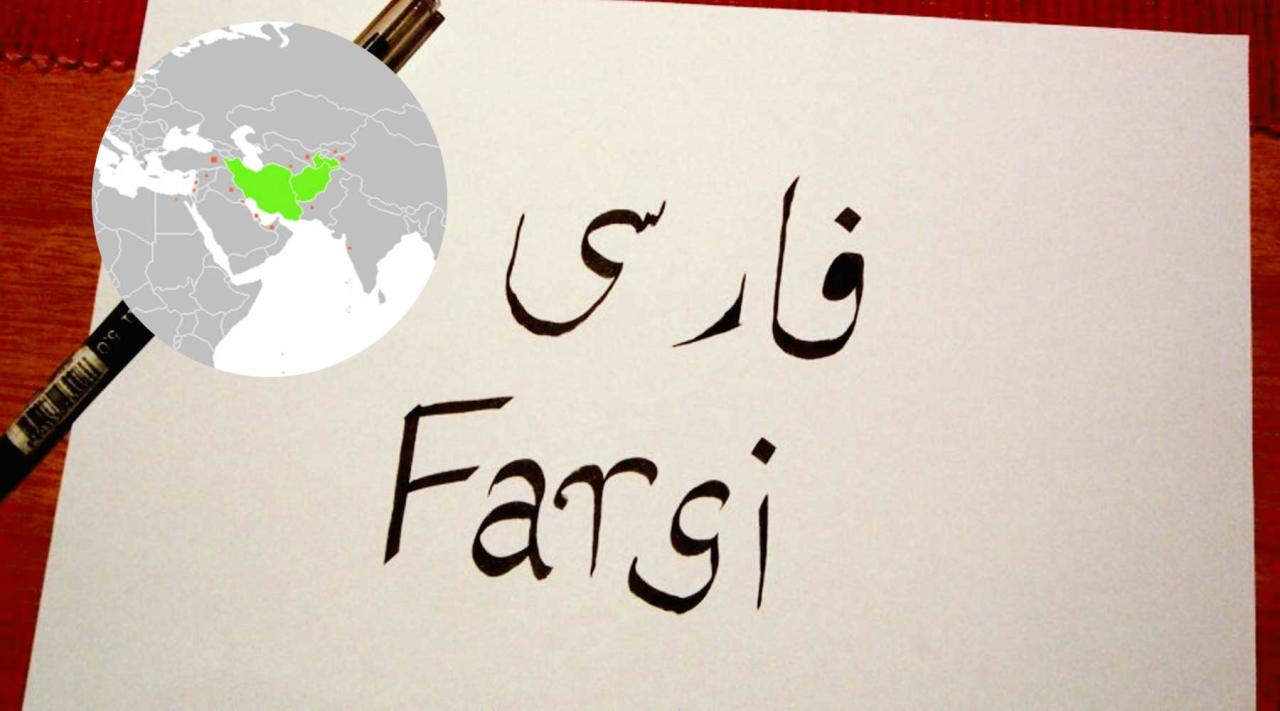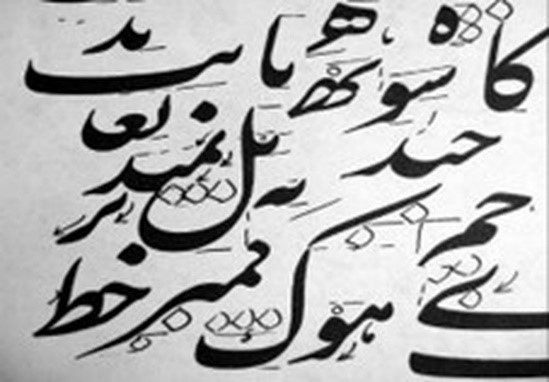The Farsi language, with its ancient roots and poetic grace, serves as a vital bridge for millions across Iran, Afghanistan, Tajikistan, and a vast global diaspora. Beyond its cultural significance, Farsi is a powerful medium for the dissemination of news, playing a crucial role in shaping public opinion, challenging narratives, and connecting communities. The landscape of Farsi language news is, however, uniquely complex, characterized by a stark dichotomy between tightly controlled state media within Iran and a vibrant, often contentious, independent and diaspora-based media ecosystem. This article delves into the intricate world of Farsi language news, exploring its historical evolution, key players, inherent challenges, and profound impact on its diverse audience.
The Enduring Legacy of Farsi and its News Heritage
Farsi, also known as Persian, belongs to the Indo-Iranian branch of the Indo-European language family. Its rich literary tradition spans over a millennium, influencing cultures from the Middle East to India. As a language of governance, culture, and trade, Farsi has historically been a conduit for information. The advent of modern journalism in the late 19th and early 20th centuries saw the emergence of newspapers and magazines in Farsi, often playing a role in political and social reform movements. Figures like Mirza Saleh Shirazi, who published the first Iranian newspaper Kaghaz-e Akhbar in 1837, laid the groundwork for a burgeoning press that would both inform and provoke.
Today, Farsi is the official language of Iran and one of the two official languages of Afghanistan (where it’s known as Dari), and Tajikistan (where it’s known as Tajik). This geographical spread alone highlights the immense reach and importance of Farsi language news. For Farsi speakers globally, access to news in their native tongue is not merely a preference but often a necessity for understanding complex geopolitical events, cultural nuances, and societal developments that directly impact their lives and identities.
The Dual Landscape: Inside Iran vs. Outside Iran
The most defining characteristic of Farsi language news is its bifurcated nature:
1. State-Controlled Media within Iran
Inside Iran, the media landscape is predominantly controlled by the state. The Islamic Republic of Iran Broadcasting (IRIB) holds a monopoly on domestic television and radio, operating numerous channels that broadcast news, entertainment, and religious programming. Key state-affiliated news agencies include:
- Islamic Republic News Agency (IRNA): The official news agency of Iran, established in 1934, serves as the primary mouthpiece for government policies and perspectives.
- Fars News Agency: Often described as semi-official, it is known for its conservative stance and close ties to the Islamic Revolutionary Guard Corps (IRGC).
- Tasnim News Agency: Another conservative outlet, also closely linked to the IRGC, focusing on domestic and regional news from a particular ideological viewpoint.
- Press TV: An English-language 24/7 news channel, though it also produces content in Farsi, aimed at an international audience to counter Western narratives about Iran.
These outlets primarily serve to disseminate the government’s narrative, promote national unity as defined by the state, and counter perceived foreign propaganda. While they offer comprehensive coverage of domestic events and international affairs from an Iranian perspective, they operate under strict censorship and self-censorship, with limited space for dissenting views or critical reporting on sensitive political and social issues. Journalists working for these outlets often face severe restrictions on what they can cover and how they can present information.
2. Independent and Diaspora Media
Outside Iran, a vibrant and diverse array of Farsi language news outlets has emerged, largely funded by international governments, private entities, or diaspora communities. These platforms often serve as a crucial source of alternative information for Farsi speakers, particularly inside Iran where access to independent media is often restricted. Key players include:
- BBC Persian: Part of the British Broadcasting Corporation, BBC Persian Television, Radio, and Online News are immensely popular. Known for its extensive network of journalists and commitment to journalistic standards, it provides comprehensive coverage of Iran, Afghanistan, and the wider region, often critically examining both internal and external affairs. Its perceived objectivity, despite being state-funded, has earned it a large and loyal following.
- Voice of America (VOA) Persian: Funded by the U.S. government, VOA Persian aims to provide accurate, balanced, and comprehensive news and information to Farsi speakers, reflecting U.S. values and foreign policy objectives. It offers a wide range of programming, including news, current affairs, and cultural shows.
- Radio Farda: Part of Radio Free Europe/Radio Liberty, also funded by the U.S. government, Radio Farda focuses on providing uncensored news and analysis to audiences in Iran. It emphasizes human rights, democracy, and freedom of expression, often reporting on sensitive issues neglected by state media.
- Iran International: Launched in 2017 and based in London, Iran International rapidly gained prominence for its extensive live coverage of protests and political developments within Iran. Its funding sources have been a subject of debate, with some alleging ties to Saudi Arabia, which the channel denies, asserting its editorial independence. It has become a significant player, particularly for younger audiences.
- Manoto TV: While primarily an entertainment channel known for its reality shows and historical documentaries, Manoto TV, also based in London, has a strong news and current affairs segment. Its slick production and engaging content have made it popular, especially among a younger demographic inside Iran, often blending cultural content with critical news analysis.
- Deutsche Welle (DW) Persian: The German international broadcaster offers Farsi news and analysis, contributing to the diversity of perspectives available to Farsi speakers globally.
These diaspora-based outlets operate in a constant tug-of-war with the Iranian government, which frequently accuses them of inciting unrest, spreading misinformation, and acting as tools of foreign powers. They are often blocked inside Iran, forcing audiences to rely on VPNs and satellite dishes to access their content.
Challenges and Obstacles
The Farsi language news ecosystem faces a myriad of challenges:
- Censorship and Internet Filtering: The Iranian government employs sophisticated methods to block access to foreign-based news websites and social media platforms. VPNs are widely used but are also subject to crackdowns. Satellite dishes, though illegal, are ubiquitous.
- Safety of Journalists: Journalists, particularly those working for foreign outlets or reporting critically, face significant risks. They can be arrested, detained, or have their families harassed inside Iran. The Iranian government has also targeted journalists of diaspora media with legal threats and asset freezes.
- Propaganda and Disinformation: Both state and opposition media are accused of engaging in propaganda. The Iranian government’s media outlets are tools for ideological dissemination, while some foreign-based channels are criticized for their perceived political agendas or sensationalism. This creates a challenging environment for audiences to discern factual information.
- Financial Sustainability: While some diaspora media are state-funded, others struggle with financial sustainability, raising questions about their long-term viability and potential susceptibility to influence from donors.
- Digital Divide and Access: Despite increasing internet penetration, disparities in access, particularly in rural areas, can limit the reach of online news. Furthermore, digital literacy varies, affecting how audiences consume and critically evaluate information.
- Cultural and Linguistic Nuances: Reporting on Iran requires a deep understanding of its complex culture, history, and political landscape. Misinterpretations or oversimplifications can alienate audiences or perpetuate stereotypes.
The Impact and Future of Farsi Language News
Despite these formidable challenges, Farsi language news has an undeniable and profound impact:
- Shaping Public Discourse: It provides a platform for debates on critical social, economic, and political issues, both within Iran and among the diaspora.
- Empowering the Diaspora: For Iranians, Afghans, and Tajiks living abroad, Farsi news helps maintain a connection to their homelands, culture, and language, fostering a sense of community and shared identity.
- Holding Power Accountable: Independent Farsi media often reports on human rights abuses, corruption, and governance failures that would otherwise remain unaddressed by state media.
- Facilitating Social Movements: During periods of unrest or protest in Iran, Farsi language news, particularly via social media, plays a critical role in disseminating information, mobilizing activists, and documenting events for the international community.
The future of Farsi language news is inextricably linked to technological advancements and political developments. The rise of social media platforms (Twitter, Instagram, Telegram), despite filtering, has created new avenues for citizen journalism and direct information sharing, often bypassing traditional media gatekeepers. Podcasts, YouTube channels, and streaming services are also growing in popularity, offering diverse content formats. Artificial intelligence and advanced translation tools could further bridge linguistic gaps, though the nuances of Farsi and its cultural context remain a significant challenge for automated systems.
Ultimately, the ecosystem of Farsi language news is a testament to the enduring human desire for information, truth, and connection. It is a dynamic arena where ancient language meets modern technology, and where the struggle for media freedom and journalistic integrity continues to unfold against a backdrop of geopolitical complexities. For millions, the resilient echo of Farsi news remains a vital lifeline, illuminating pathways through an often-obscured world.


